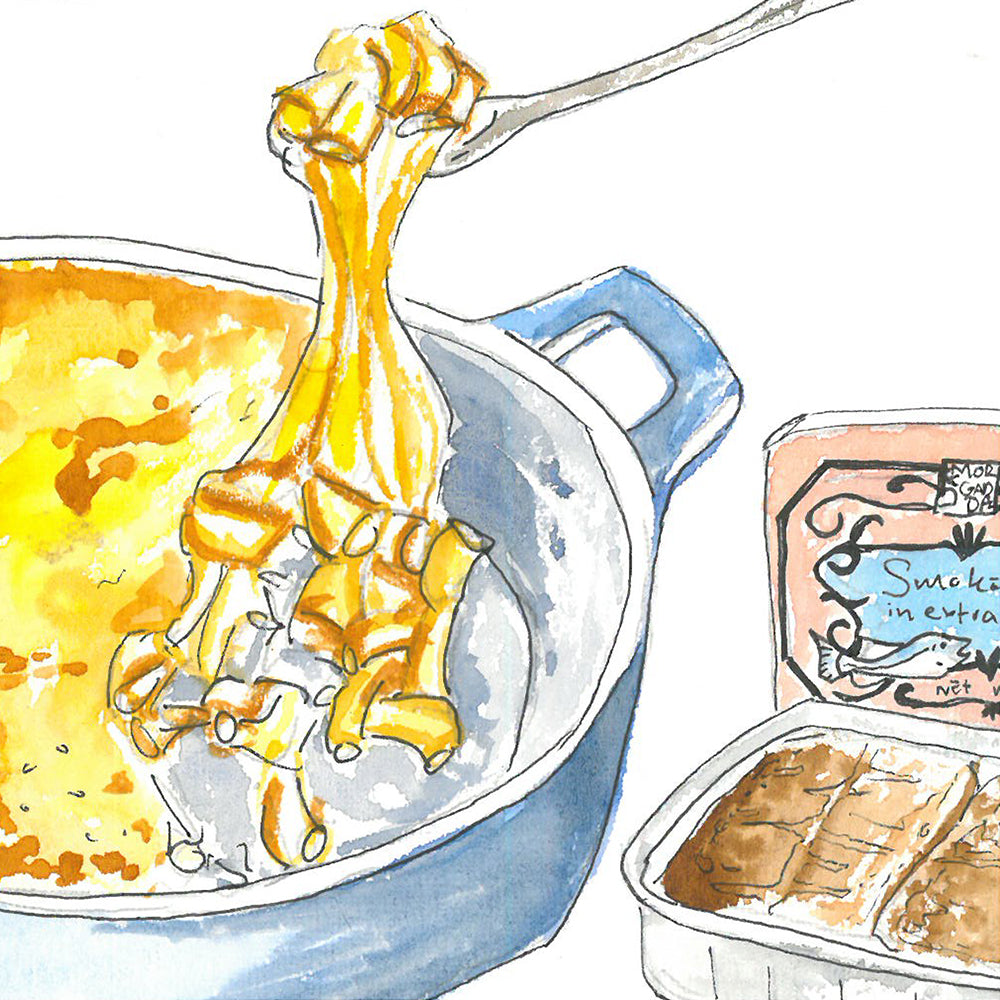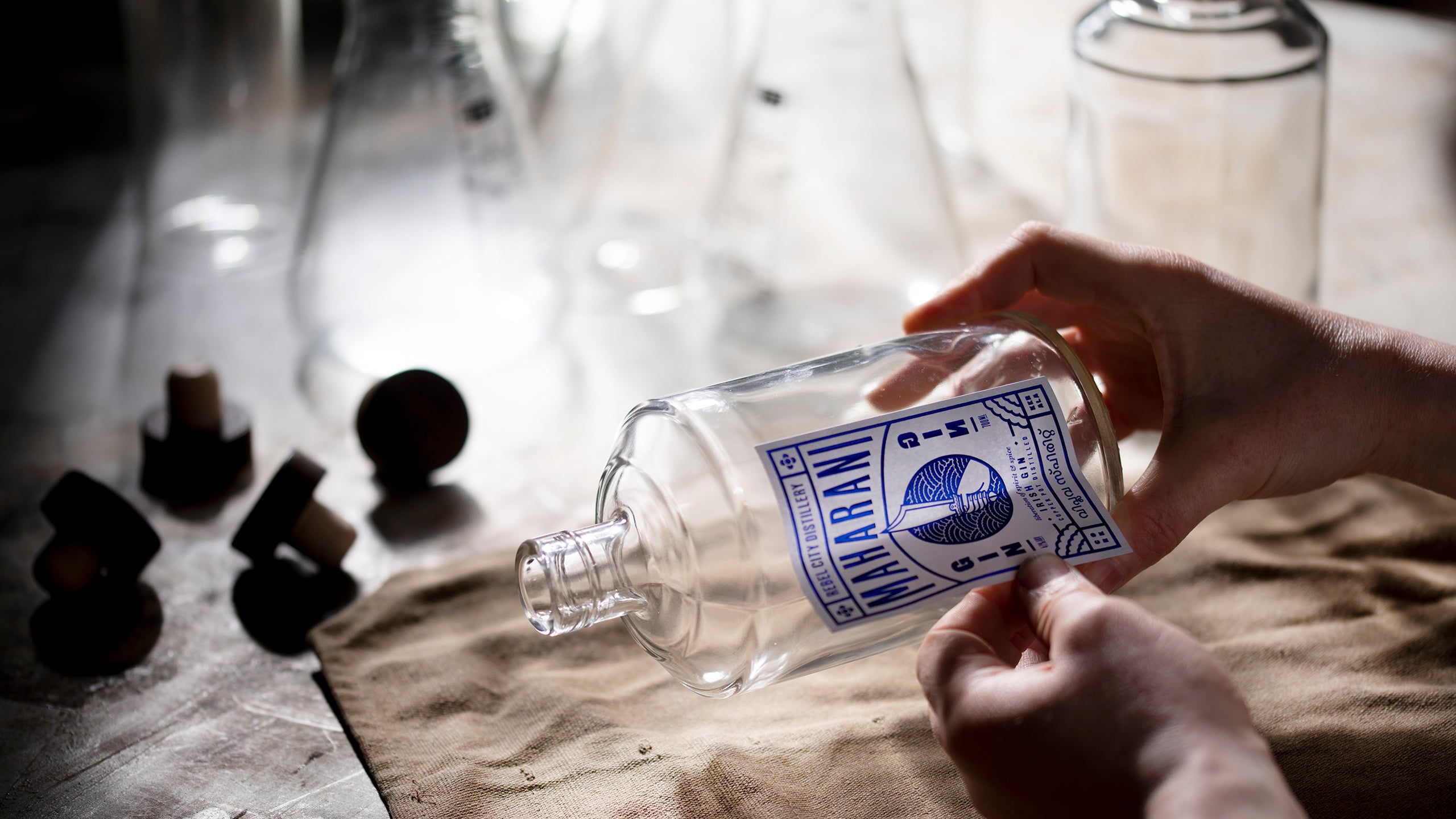Nostalgia has been under fire for some time now, it being a point of contention for medical professionals and philosophers alike. Its presence in society is deceptively broad and can vary in charm and danger in equal measure across multiple magnitudes. One such area is Western pop-culture and its synth-dripping love affair with the eighties, a rose-tinted romance that has birthed sequels, reboots and new intellectual properties that wear the era on its proverbial sleeve. And for the most part, this is celebrated, even the neon headband humbugs grumble here and there but are usually more than happy to indulge in the content. It has its place in media, satisfying consumers and money-men alike. Nostalgia’s more pernicious elements are its influence on politics in various forms of nationalism, lending a lens to older values and governances and warping them to make them seem applicable to contemporary cultures and problems.
Nostalgia, however, was not on my mind when I visited Rebel City Distillery in Cork. Bleary-eyed I caught an early morning train south from Dublin and sipped at a burnt coffee while I refreshed my knowledge of gin history and craft. The train line cuts across Ireland’s southeast and between two cities that are almost perfectly situated on the island’s equator and meridian - the easternmost city to the southernmost. I honestly can’t recall if the journey was particularly scenic, my mind was bogged down with reading and trying to conceptualise the conversations I wanted to have with Robert and Bhagya, the owners of Rebel City Distillery. After arriving after a two-and-a-half-hour train I traversed Cork city, overheating under a formal tweed coat and a magenta backpack laughably large for a one-night stay; in hindsight, I imagine my aesthetic looked like a 1920s bootlegger on his way to Coachella. With Irish cities more akin to large villages I landed at the outskirts distillery in about twenty minutes.
Rebel City Distillery took over the defunct Ford Factory that closed in 1984 and its internals and visitor centre have kept the industrial shell. The visitor centre, where most of our conversations occur, is an almost perfect square with a tall, faraway ceiling that stretches up two floors. In the centre of the square is a horse-shoe-shaped bar with two levels, each about six inches high, both supposedly built to have absinthe fountains and micro-distiller pots drip spirit from one level to another. Robert, the master distiller and co-owner, explains to me that this room housed the Ford’s electricals back in the industry days and I look up and around at the splintered concrete walls and ceiling and imagine the intravenous suspensions of cars hanging overhead.
Both Robert and Bhagya are charming but in contrasting ways. Robert has an Irish modesty to him - mild-mannered, warm, quietly witty – and Bhagya is gregarious, liking laughter in that inviting way that has you juggling laughs over things you wouldn’t normally spare a chuckle over. I enjoy our conversation immediately and while there is an ease to the dynamic I am conscious of not being overly journalistic in the chat – I don’t want this to be an interview, despite having pointed things to ask – and so I tease out topics and let our talks meander where they may. One of the first digressions we take is the unique flavour of Maharani and I mention that frequent praise for the gin is the unconventional nutmeg mace and pomelo-forward flavours. I ask, casually, why they chose this direction rather than, say, juniper. Robert initially takes the answer and he says that juniper is present - it is after all gin’s genesis - but that pomelo was a suggestion from Vanamoolika, the women’s cooperative in India, where Rebel City source their botanicals.
While Vanamoolika could appear as a superfluous contributor to this gin, merely being classed as the botanical supplier, their presence and the representation of Kerala are pivotal to all that Maharani is. The knowledge and care with which Vanamoolika works with its herbs, spices, fruits and botanicals almost touch druidic levels of wisdom, and their commitment to protecting and working with indigenous people and small-lot farmers make them a force of defiance on behalf of both nature and humans. This defiance is very much on brand for Maharani, whose namesake is Sanskrit for a high priestess, given as tribute to powerful women. Obviously, I know far less of Vanamoolika than Robert and Bhagya, but even I can appreciate the weight of the cooperative’s seasoned advice. Pomelo is such an uncommon fruit I don’t think I’ve ever eaten one of the large green citrus bulbs whole and yet I would take Vanamoolika’s advice regarding it in a heartbeat. And that sage recommendation made all the difference. The nuanced flavour of pomelo has made Maharani a modern flagship of hobbyist gin and I lament that Maharani wasn’t around for the Irish gin craze of my college years, where all I had to keep my faux-sophistication afloat was crude concoctions of bog-standard G&Ts.
We breeze through a brief chat about Vanamoolika, touching on the medicinal elements and mission work of the cooperative, and I can’t help but notice that the nutmeg mace ingredient hangs in the air unanswered and the conversation inevitably arrives at a cul de sac. Eager not to have our flow stiffen, I almost interrupt the new silence but thankfully Bhagya speaks up. The most serious I’ve seen her speak yet; she explains in a quieter tone that the nutmeg mace was the anchoring ingredient she wanted Robert to use for Maharani Gin. I ask why and she replies that it reminded her of her home in Kerala. Her neighbour had a nutmeg tree in the back garden where the local kids would play and climb and shelter from the heat, sometimes delicately picking the fruit from a boney branch to bring home for family dinners.
Bhagya’s delicious two-decade memories have me tasting her mother’s cooking. My subconscious logs this notion of second-hand nostalgia but I don’t bring it up in any abstract way to them – I sometimes get insecure about posturing philosophical conversations as they can make me seem, frankly, like a knob – but I do find that an interesting business decision to, yes, create a great-tasting gin but to predominantly build it around an architecture of sentimentality. As a fellow sentimentalist, I love it.
We continue chatting and they show me around, I do a very informal and stripped version of the distillery tour and after a few hours, I leave. We’ve agreed to meet later that night where they’ll show me around some of Cork City’s finest haunts for a couple of drinks. In my Peaky-Blinders / Burning Man cosplay, I leave the distillery and make my way back to the city centre. The road I walk down connects a few industrial parks and, aside from the bordering autumnal trees that colour the scene in glowing foliage, the walk is filled with cracked stone greys, a palette that does not fit the vibrancy of Cork nor these two craftspeople in it.
Nostalgia is a thing I’ve personally indulged in with my own sensory experiences, but I’ve never considered it in the form of creating something for others. I’ve lived abroad a few times and while I’ve cooked Irish meals for people to showcase my nation’s cuisine, I’ve never crafted something to resemble my childhood; Shepard’s pie for the former as its an Irish staple, and tomato on the vine for the latter because it reminds me of my father’s greenhouse. It’s an interesting thing and has cast a light on a lot of what I eat and drink, particularly if it’s from small producers. There’s a holistic sense of connection when tasting Maharani, that nutmeg mace is the same from Bhagya’s childhood, and while it’s certainly far from a revolutionary idea, there is profundity there. Two-fold if you compound an extra layer of personal nostalgia on top of it.
Maharani has played a small role in a significant event of my life: a February Christmas. Three-quarters of my family caught COVID in the winter of 2021 and this meant we all celebrated the holiday separately. I tested positive on Christmas Day and spent my one-week quarantine binge-watching The Sopranos and moping around in the cardigan my mother knitted me for Christmas – she and my sister dropped it, along with three days' worth of dinner, to my house while I self-isolated. COVID’s offensive campaign against my family was slowly executed, passing from one member to another with methodical patience, each new infection occurring about five days after the one preceding it. Us being the cautious clan each household decided to weather the assault until the last infection was in the clear. For a family of one matriarch and her partner, five children, two spouses, and seven grandchildren, it was an arduous wait before we could safely meet for Christmas dinner, landing on the first Friday of February 2022. That Friday I had a professional tasting for the first time of Maharani Gin and I was allowed to bring some of the excess – about 150ml – back to my family dinner, among whom there were a handful of gin drinkers who delightedly swirled this gin in their iced glasses with approving nods; a classy bunch.
So, while this period is too recent for me to classify this rosy association as capital-N Nostalgia – there’s actually a rough metric that can measure nostalgia called the Lifespan Retrieval Curve – I do associate Maharani with the deep, wholesome and festive relief in finally getting to see my family again and that this renewed sense of home was so deep that, without a lie, it feels like it punched through time.
Nostalgia is a mixed bag. When experienced in a sensory way, say taste or smell, it has beneficial effects on our well-being and while it can be nice to stroll through memory lane, problems can arise when one tries to vacation there. And that’s solely on an individual level, society-wide nostalgia can have deleterious effects, regardless of what political disposition you have. It’s nice to consider the good old days but yesterday's methods, however appealing they seem, do not apply to today’s problems. The present is in flux, yesterday is static, and vigilance is needed when indulging the past. With all that said, it’s refreshing to delve into a kind of nostalgia that doesn’t bring baggage with it. There’s something deeply human about visiting memory lane with another person, let alone a stranger, and what’s all the more fun is that you get to do it through delicious gin.



